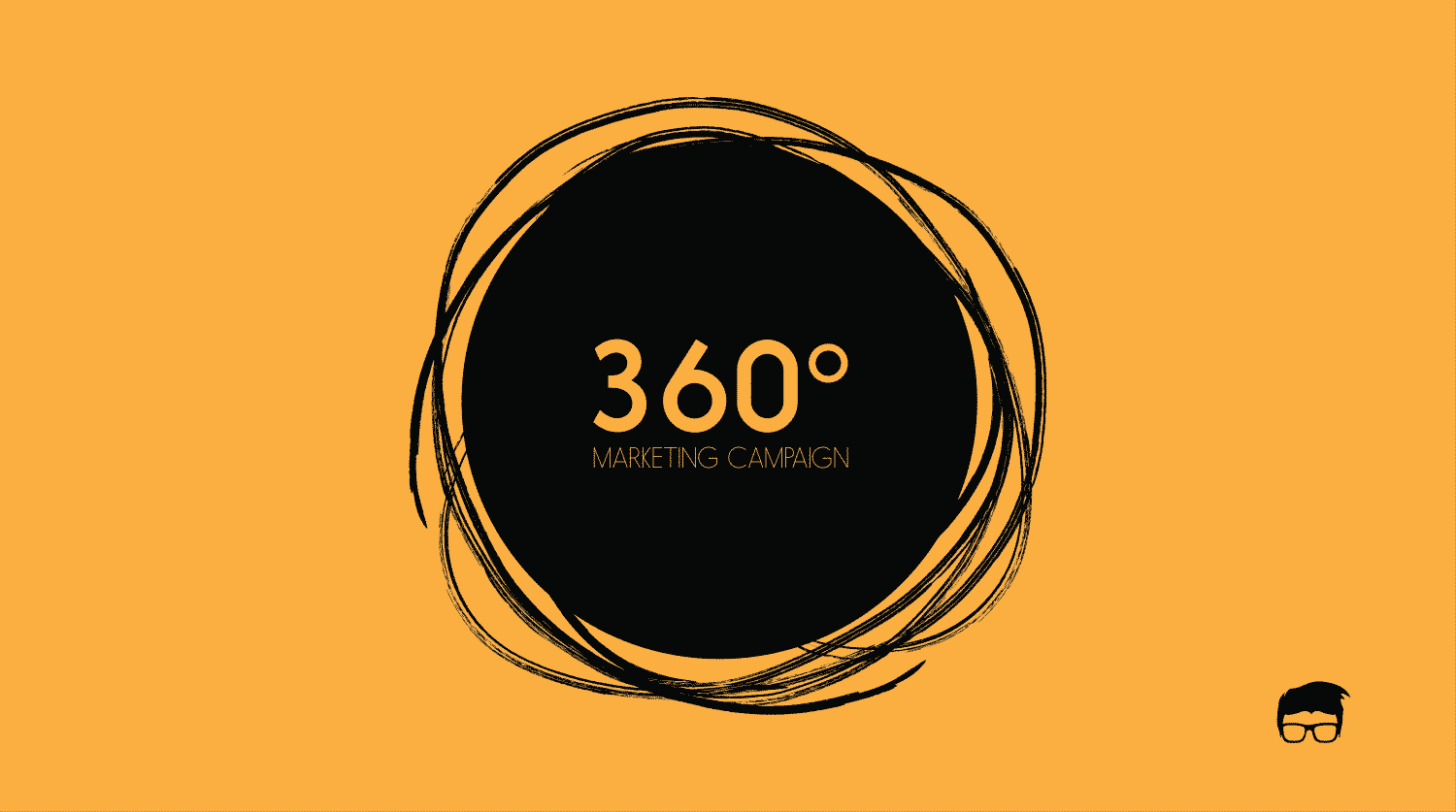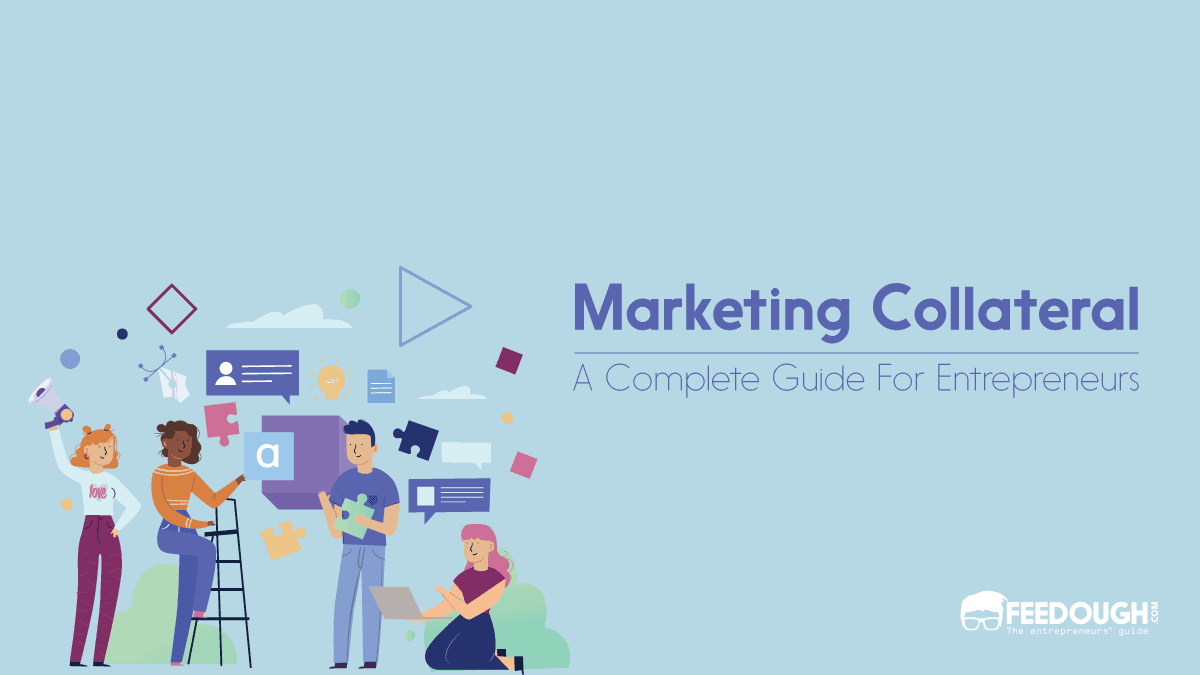The name landing page stems from the fact that visitors land on it after clicking a link from somewhere else – most likely a search engine results page, an email campaign, an advertisement, or a social media post.
A typical website has many pages. A landing page is different because it’s designed with one specific goal: to convert visitors into leads or customers. Developed as a part of a bigger inbound or outbound marketing strategy, they act as a catalyst that moves potential customers further down your sales funnel.
But there’s more to a landing page than meets the eye. Here’s a guide to all things landing page, from its purpose and types to its anatomy and how it works.
What Is A Landing Page?
A landing page is a standalone web page created as a part of a bigger marketing or advertising campaign, where a visitor lands after clicking on a specific link.
Simply put, a landing page is a webpage the visitor lands on after clicking on a specific link on another webpage, email, social media post, search result, or even an offline promotion (QR codes). It furthers the user journey started on the original source and helps achieve specific conversion goals.
Unlike web pages that are generally designed for exploration, information, or entertainment, landing pages are created with a single focused objective known as a call-to-action (CTA). The CTA could be anything that the business wants the visitors to do on this page, including but not limited to making a purchase, signing up for a newsletter, or requesting a free consultation.
Purpose of a Landing Page
The purpose of such a page is to get the visitor to take the desired action according to the campaign goal, whether that’s subscribing to a newsletter, requesting a free trial, or making a purchase.
A user visits the landing page because of a promise (free ebook, free mailing list, sales page with discount, sales page with a better quality product, etc.) that’s been made to them elsewhere through marketing or advertising. The landing page’s job is to nurture that relationship by fulfilling that promise and giving the user what they’re looking for while fulfilling the business goal.
Anatomy of a Landing Page
While landing pages can vary a great deal in their design and layout, there are certain elements that are common to most high-converting landing pages.
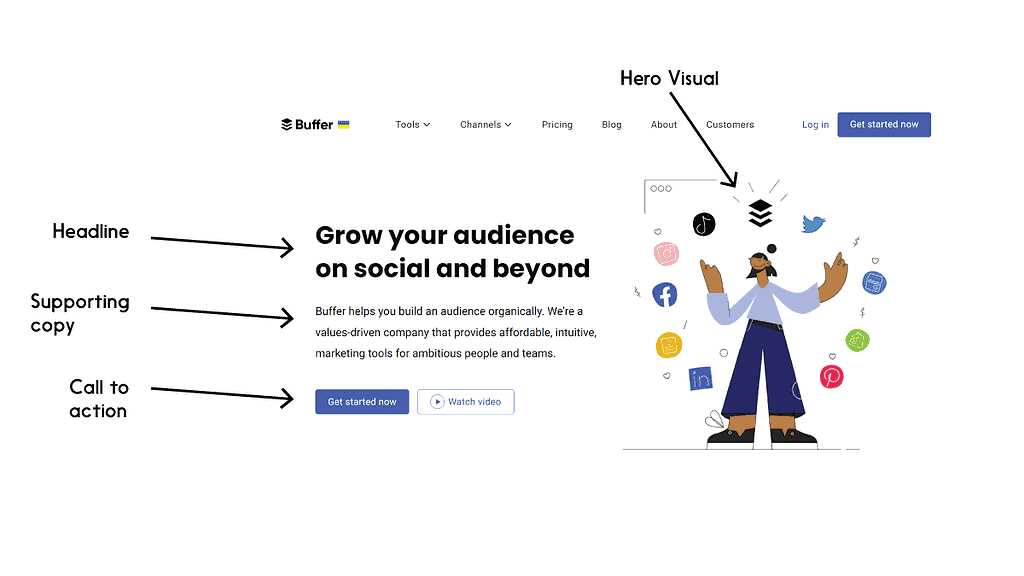
The Value Proposition
A value proposition is the promise of tangible benefits you make to potential customers. This is your offer to the user. It’s what you’re giving them in exchange for them doing the desired action, such as subscribing to your email list or purchasing a product.
This value proposition is further reinforced by the use of two essential elements of the landing page:
- Hero Headline: A benefit-driven headline that clearly states what the user will get by taking action. For example, a brand might use a hero headline such as, “Grow your audience by 10x with better social media reach.” or “Get 50% off your first purchase”.
- Supporting copy: This body copy backs up the claim made in the hero headline. It should provide more detail about what the user will get and how they will benefit. For example, for a brand offering a 50% discount, the supporting copy might say something like, “Our first-time customers always save big. Get 50% off your first purchase when you sign up for our email list.”
Hero Visual
The hero visual is the image or video, usually present in the above-the-fold section of the page, that accompanies the hero headline and supporting copy. It is attention-grabbing and supports the claim made in the headline. For example, if a brand offers a 50% discount, they might use an image of their product with “50% Off” superimposed.
For a social media planner, a brand may use an animated video of the planner in use.
The Unique Selling Proposition (USP)
The USP is the aspect of your product or service that makes it different from and better than your competitors. It’s what sets you apart.
For example, if you’re selling a CRM for small businesses, your USP might be that it’s designed specifically for small businesses and is therefore much more user-friendly than CRMs that are designed for larger businesses. The landing page communicates this USP succinctly and clearly to potential customers.
This USP can be communicated in the form of a key benefits section or a separate section on the page that’s dedicated to the USP.
Social Proof
Social proof aims to show potential customers that others have bought your product or service and are happy with it. This takes the form of testimonials, reviews, case studies, media mentions, etc.
Social validation is important because it helps to build trust and credibility with potential customers. If they can see that other people have had a positive experience with your business, they’re more likely to do business with you as well.
The best way to incorporate social proof into your landing page is to include testimonials from satisfied customers. These can be quotes, video testimonials, or even simple reviews on different platforms (like Trust Radius or Capterra).
Usually, this section precedes the section dedicated to making visitors perform an action on the page (subscribe, buy, etc.), as it increases conversion rates.
Call To Action
The most important element on a landing page is the call to action (CTA). This is what you want visitors to do once they’ve arrived on your page, whether it’s subscribing to a newsletter, downloading an ebook, or making a purchase.
Depending upon the action, the CTA can be preceded with a form (for newsletter signups, for example) or informative content (like a pricing table).
In an ideal landing page, a CTA is as clear and easy as possible for visitors to take the desired action. The button or link is prominently placed on the page and uses language that clearly indicates what will happen when it’s clicked. For example, “Download our free ebook” or “Get started with a free trial.”
How Landing Pages Work
Landing pages are typically a part of a bigger marketing campaign. They are used to drive traffic from an ad or email campaign and prompt visitors to take a specific action, fulfilling a specific goal.
For example, let’s say you’re running a campaign to promote your trail running shoes. This is how a landing page fits into the bigger picture:
- You create an ad or email campaign that promises your target audience something of value, like a free guide to trail running.
- When they click on your ad or email, they’re taken to a landing page with a form that they have to fill out to get the promised guide.
- The form collects information like their name and email address so you can add them to your email list and market to them in the future.
Hence, the landing page forms the spine of your digital marketing campaign. It’s where you make your promise and deliver on it.
When Do You Need a Landing Page?
Marketers design landing pages with specific goals in mind. Each one has its own unique objective and target audience, which works in sync with the marketing campaign. This goal can be in the form of:
- More conversions
- Lead generation
- Newsletter signups
- Feedback collection, etc.
In fact, it works to support your advertising and marketing efforts with information specific to that campaign. As a result, it acts as the key step of your conversion funnel by persuading visitors to take action, where the customer lands from:
- Google Adwords campaigns
- Social media advertising
- Email marketing campaigns
- PPC ads, etc.
But it doesn’t end here. You will also require a landing page when you promote special offers and events. For instance, webinar signups, free consultations, and trials and event RSVPs. Based on the main intention backed by the right messaging and implementation, the chances of conversions are more than a possibility – it’s a reality within reach.
Types of Landing Pages
A brand may use different types of landing pages to achieve different marketing objectives. Some of the most common types are:
Squeeze Page
A squeeze page’s main purpose is to ‘squeeze’ emails out of visitors. Short, sweet and direct, these are aimed at collecting email addresses in order to receive a newsletter, ebook, or whitepaper.
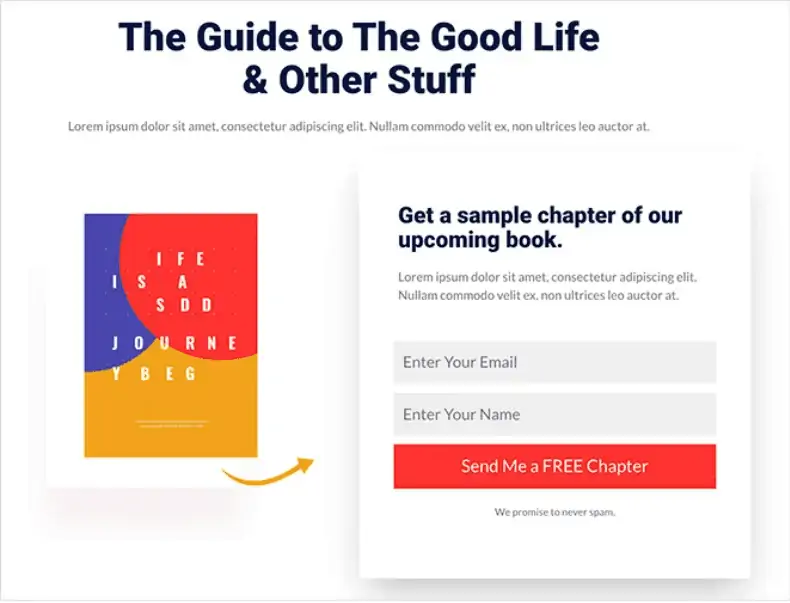
Splash Page
Instead of landing on a page with a click, users discover a ‘splash’ page (asking for verifications such as age/ language) that usually has a background image with minimal copy.
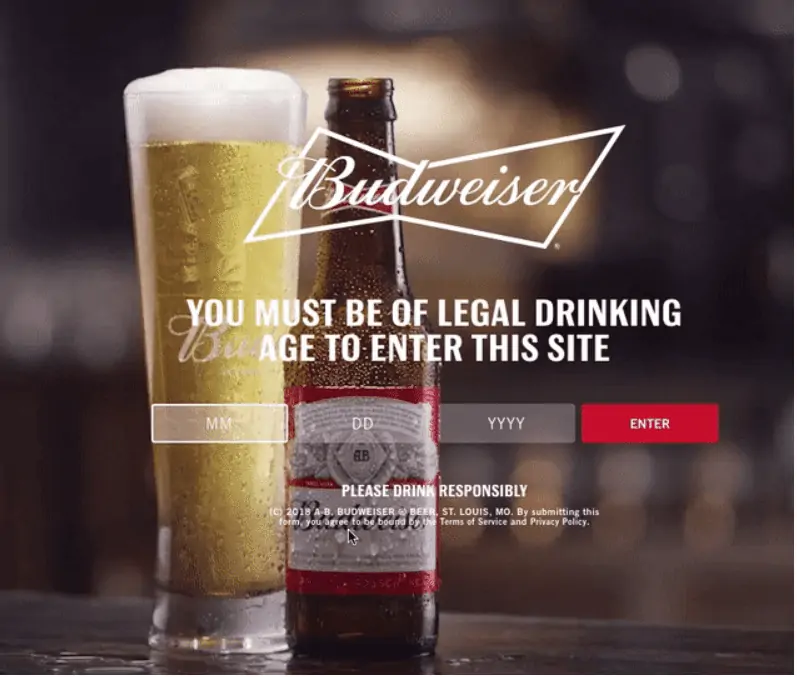
Lead Capture Page
Similar to a squeeze page, this page ‘captures’ more information such as the name, job title and phone number as well. These work best for generating qualified leads that have shown real interest in your offerings.
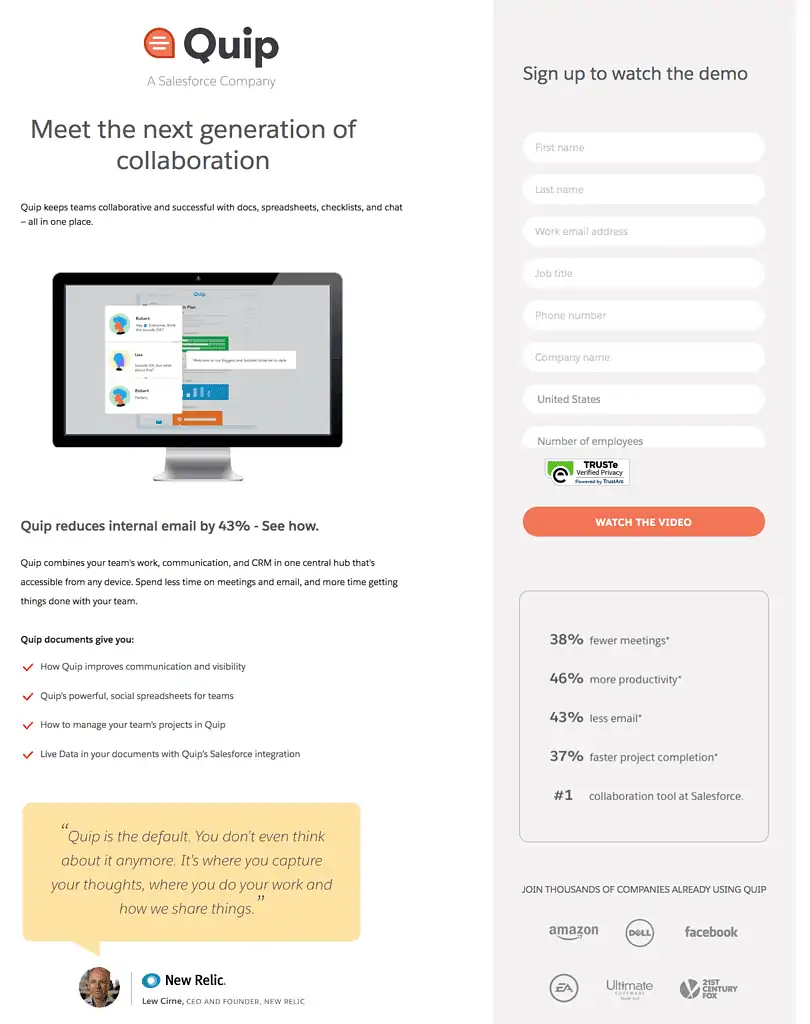
Click-Through Page
With an intention for a user to ‘click-through’ to a conversion-focused page, these pages are known to warm up visitors while also building trust and quality traffic in the process, just like a free trial.
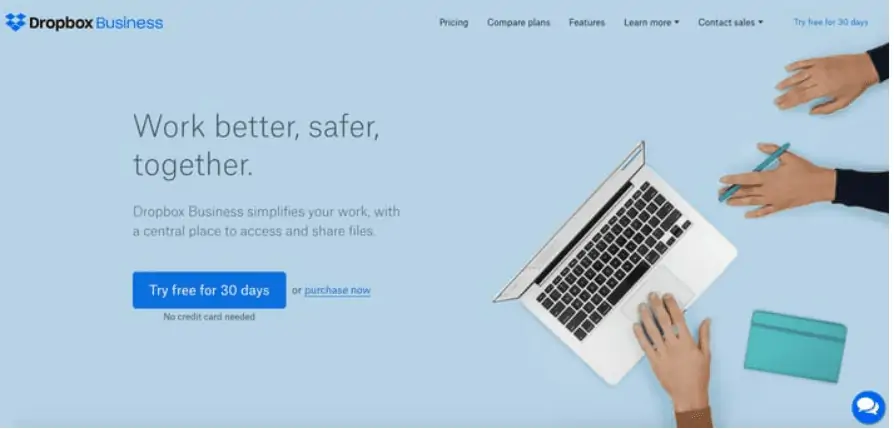
“Unsubscribe” Landing Page
This comes across as a means to give control to users to manage their preferences and choose the frequency at which they receive your emails. But beyond personalization, it’s also a final push to retain them.
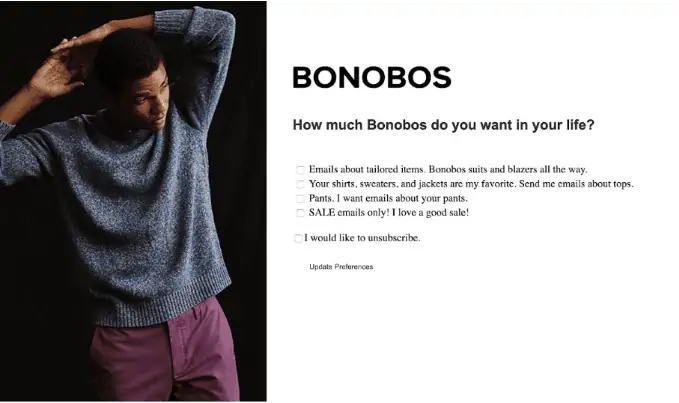
Long-form Sales Landing Page
Being longer in length, these are used to answer all the questions that potential customers may have. They are more persuasive, loaded with benefits of the product (testimonials too), and serve as a reassurance.
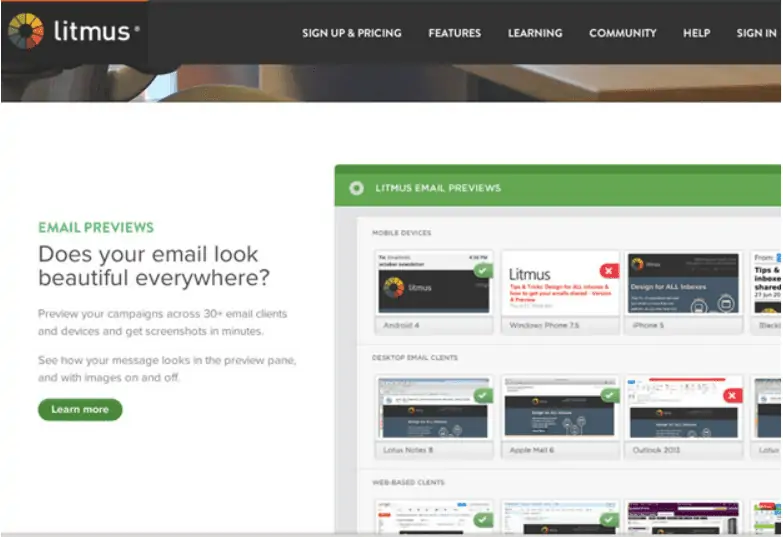
“Coming Soon” Page
A page such as this is the solution to a new launch without revealing the full offer. Often seen as an exciting teaser or countdown, the CTA here requires their email addresses in exchange for an email notification.
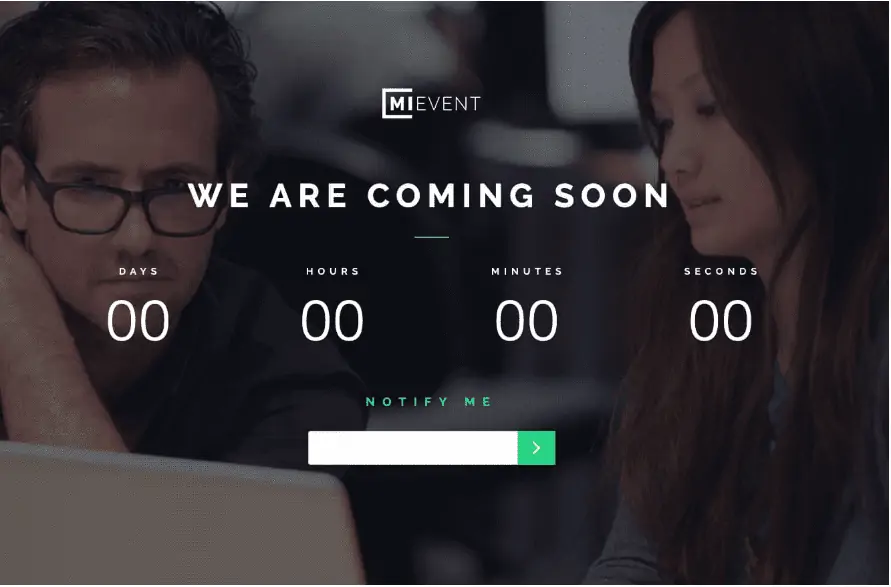
“Thank You” Landing Page
After the desired action, this page can take a lead further down the sales funnel or even establish a repeat customer. You can also provide recommendations and offers here, a hidden opportunity to provide value.
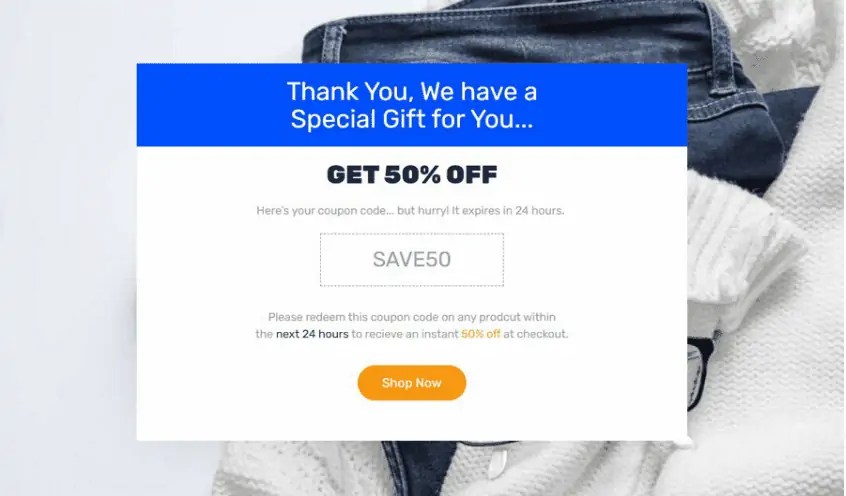
Landing Page Examples
Did you know that businesses with over 40 landing pages generate 12x more leads than those websites with only 5? This is due to the simple notion that each landing page was a tailored one. Let us look at some of the best landing page examples.
LinkedIn Jobs Landing Page
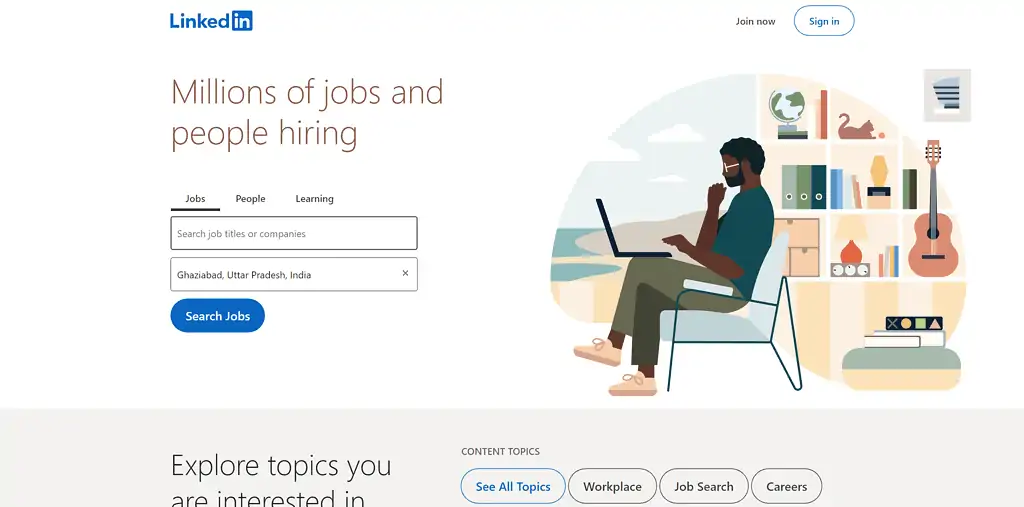
Get Response Landing Page
This interactive landing page example is what distinguishes Get Response from other competitors. The yellow sign makes for a great attention-grabbing tool while the use of a friendly face provides a human element that fosters trust. The bottom harps on the same by displaying the brands that trust its services – a great way to affirm their authority.
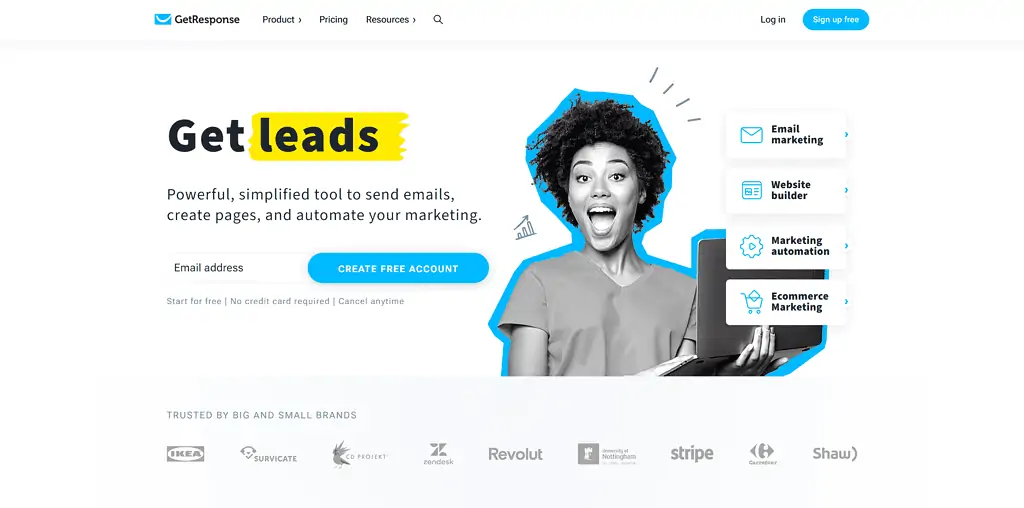
Netflix Landing Page
Being a game-changer as an online streaming service, there are plenty of reasons why this landing page design deserves special mention. You can clearly see their extensive collection alongside bright-red CTA buttons that instantly draw attention. With a smart headline to introduce itself, it also provides a few crisp benefits that all begin once you ‘Get Started.’
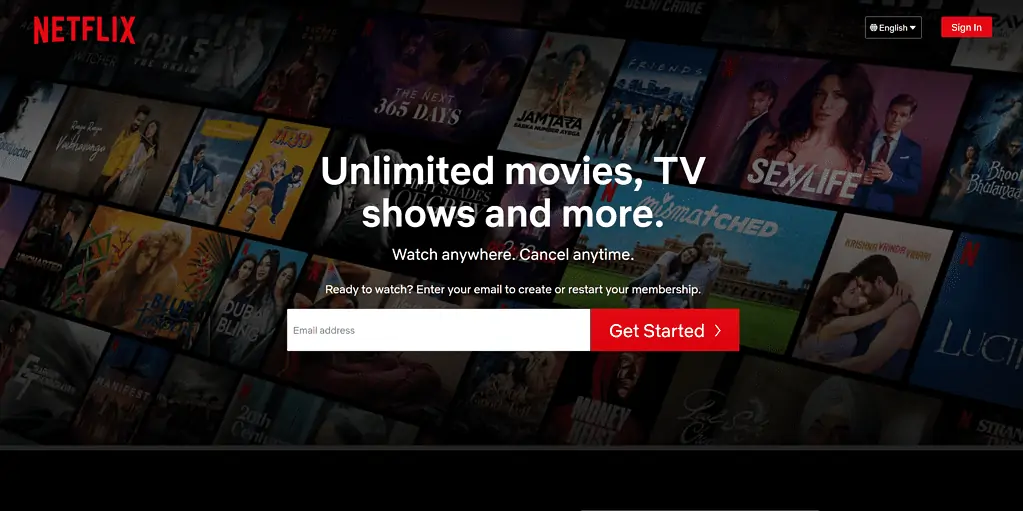
Webflow
Using a GIF to relay information, Webflow’s landing page is a great example of show, don’t tell. You will get a clear idea about their tools as well as the user experience to be expected. This balance between information and visuals is supported by a catchy, blue-colored ‘Get started – it’s a free button at the top right corner.
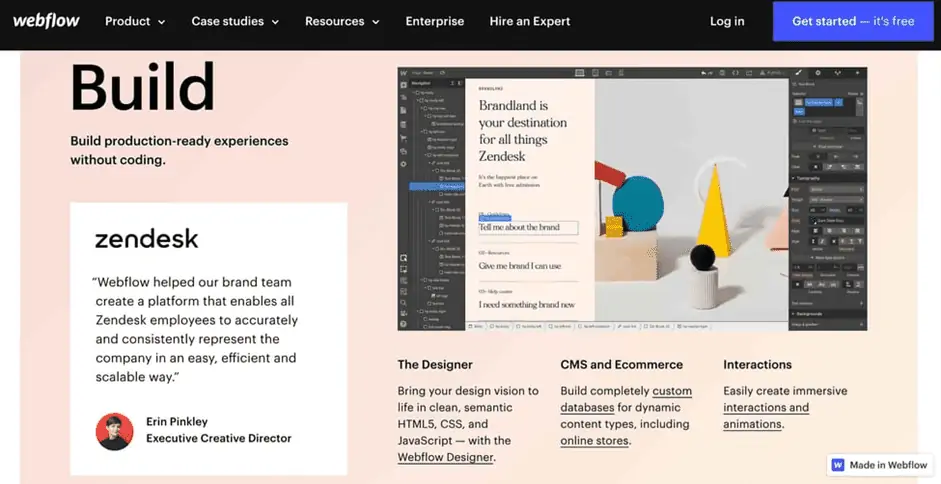
Landing Page FAQs
While most homepages can be considered landing pages (since they’re where visitors “land” when they first visit your website), not all landing pages are homepages.
A homepage is typically the main, central page of a website. It gives visitors an overview of what the website is about and links to other pages on the site.
A landing page, on the other hand, is a stand-alone web page that’s designed for a specific purpose, such as collecting leads or selling a product. It can be your signup page, your product page, your pricing page, or any other page that’s designed to convert visitors into leads or customers.
The purpose of a landing page is to get the visitor perform a certain action, such as sign up for a newsletter, buy a product, or request more information.
This action forms a part of the bigger marketing objective of the website, and is in line with the rest of the marketing strategy.
Yes, you can have a standalone landing page without an accompanying website. It can be a form on Google docs, a Typeform, or even just a Weebly page. It all depends on your needs and what you’re using your it for.
Bottom-Line?
Landing pages may look different. They may have unique ways to pull in audiences. However, each landing page example here shares one major purpose – conversion. Using the basic elements (headlines, copy, aesthetics, and color scheme) in the most creative manner to further your clearly defined goals, you will be able to create landing pages that shine. Be sure to use a conversion-centered layout that makes your CTA stand out, and back it up with social proof and testimonials to support your claims.
And you’ll find that this is what real success is made of.
Go On, Tell Us What You Think!
Did we miss something? Come on! Tell us what you think about our article in the comments section.
A startup consultant, digital marketer, traveller, and philomath. Aashish has worked with over 20 startups and successfully helped them ideate, raise money, and succeed. When not working, he can be found hiking, camping, and stargazing.
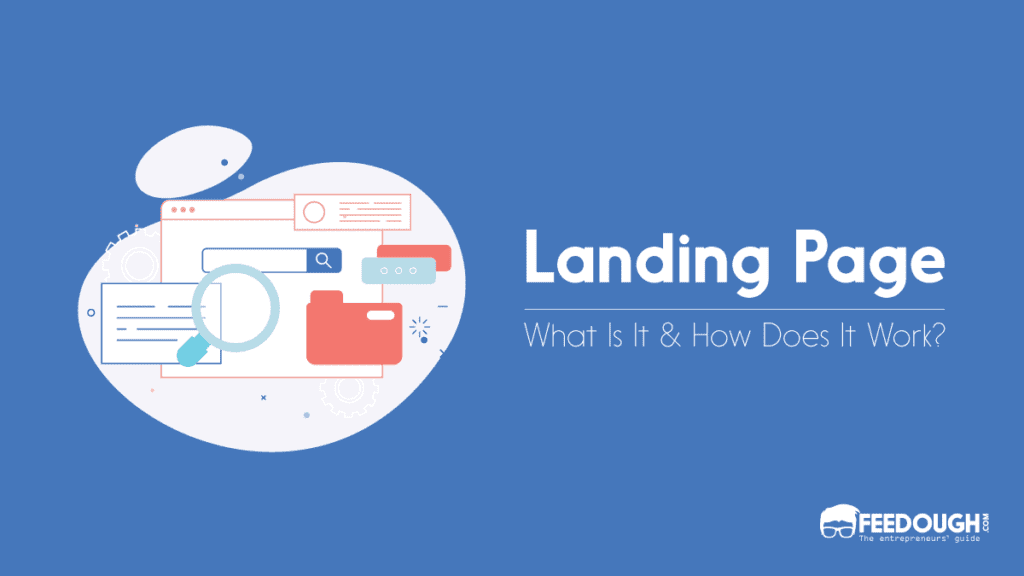
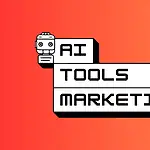
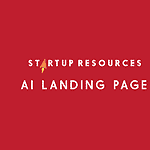
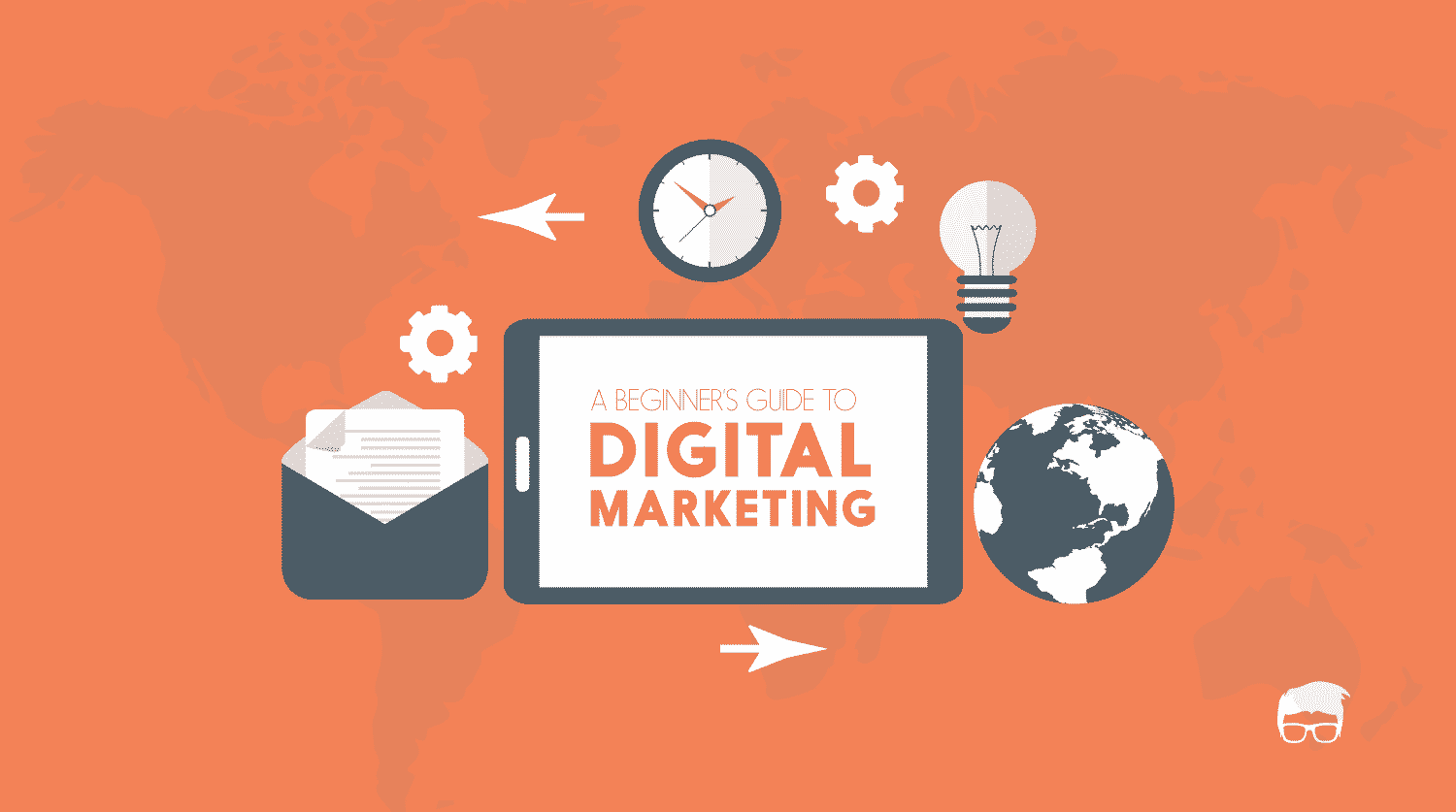
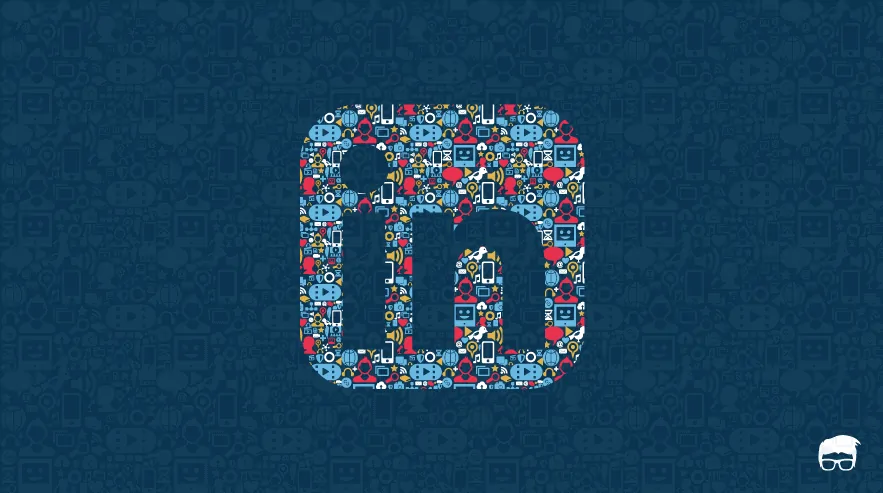
![Conversion Rate Optimization [A Beginner's Guide] CONVERSION RATE OPTIMIZATION](https://www.feedough.com/wp-content/uploads/2019/04/CONVERSION-RATE-OPTIMIZATION-1.webp)
![Call To Action Marketing [The Definitive Guide To CTA] CTA marketing](https://www.feedough.com/wp-content/uploads/2019/03/CALL-TO-ACTION-MARKETING.webp)
